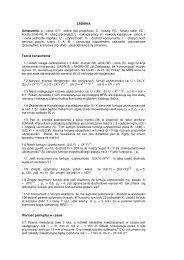
Recitation 8 Krzysztof Makarski Oligopoly 1. Carl and Simon are two .
Recitation 8 Krzysztof Makarski Oligopoly 1. Carl and Simon are two .
Turn your PDF publications into a flip-book with our unique Google optimized e-Paper software.

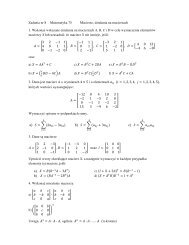

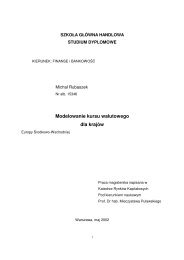

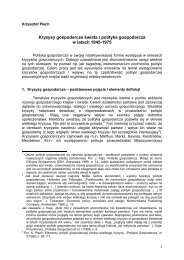
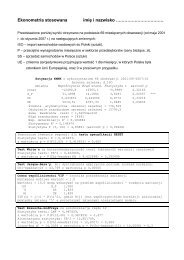

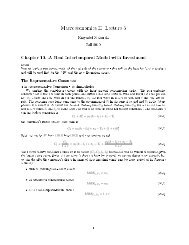
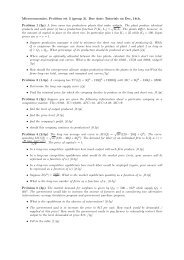
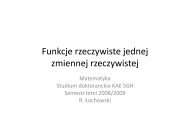 Funkcje jednej zmiennej" width="208" height="300" />
Funkcje jednej zmiennej" width="208" height="300" />
 Funkcje jednej zmiennej" width="208" height="300" />
Funkcje jednej zmiennej" width="208" height="300" />
 le nieliniowe Funkcja . " width="208" height="300" />
le nieliniowe Funkcja . " width="208" height="300" />
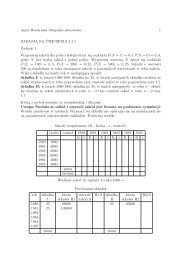
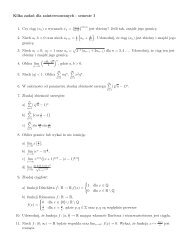
Recitation 8 Krzysztof Makarski Oligopoly 1. Carl and Simon are two rival pumpkin growers who sell their pumpkins at the Farmers’ Market in Lake Witchisit, Minnesota. They are the only sellers of pumpkins at the market, where the demand function for pumpkins is q =3, 200 − 1, 600p. The total number of pumpkins sold at the market is q = qC + qS, whereqC is the number that Carl sells and qS is the number that Simon sells. The cost of producing pumpkins for either farmer is $.50 per pumpkin no matter how many pumpkins he produces. (a) Find their reaction functions in Cournot game. Answer. qS =1, 200 − qC/2 qC =1, 200 − qS/2. (b) Find equilibrium output for each farmer. Find equilibrium price in the market. How much profit does each farmer make? Answer. qC = qS =80 p =1 πC = πS =400\ (c) Now Suppose that the pumpkin market in Lake Witchisit is as we described it in the last problem except for one detail. Every spring, the snow thaws off of Carl’s pumpkin field a week before it thaws off of Simon’s. Therefore Carl can plant his pumpkins one week earlier than Simon can. Now Simon lives just down the road from Carl, and he can tell by looking at Carl’s fields how many pumpkins Carl planted and how many Carl will harvest in the fall. (Suppose also that Carl will sell every pumpkin that he produces.) Therefore, Simon sees how many Carl is actually going to sell. Simon has this information before he makes his own decision about how many to plant. Find output for both farmers, price in the market and profits in Stackleberg equilibrium. Answer. qC = 1200, qS = 600 1